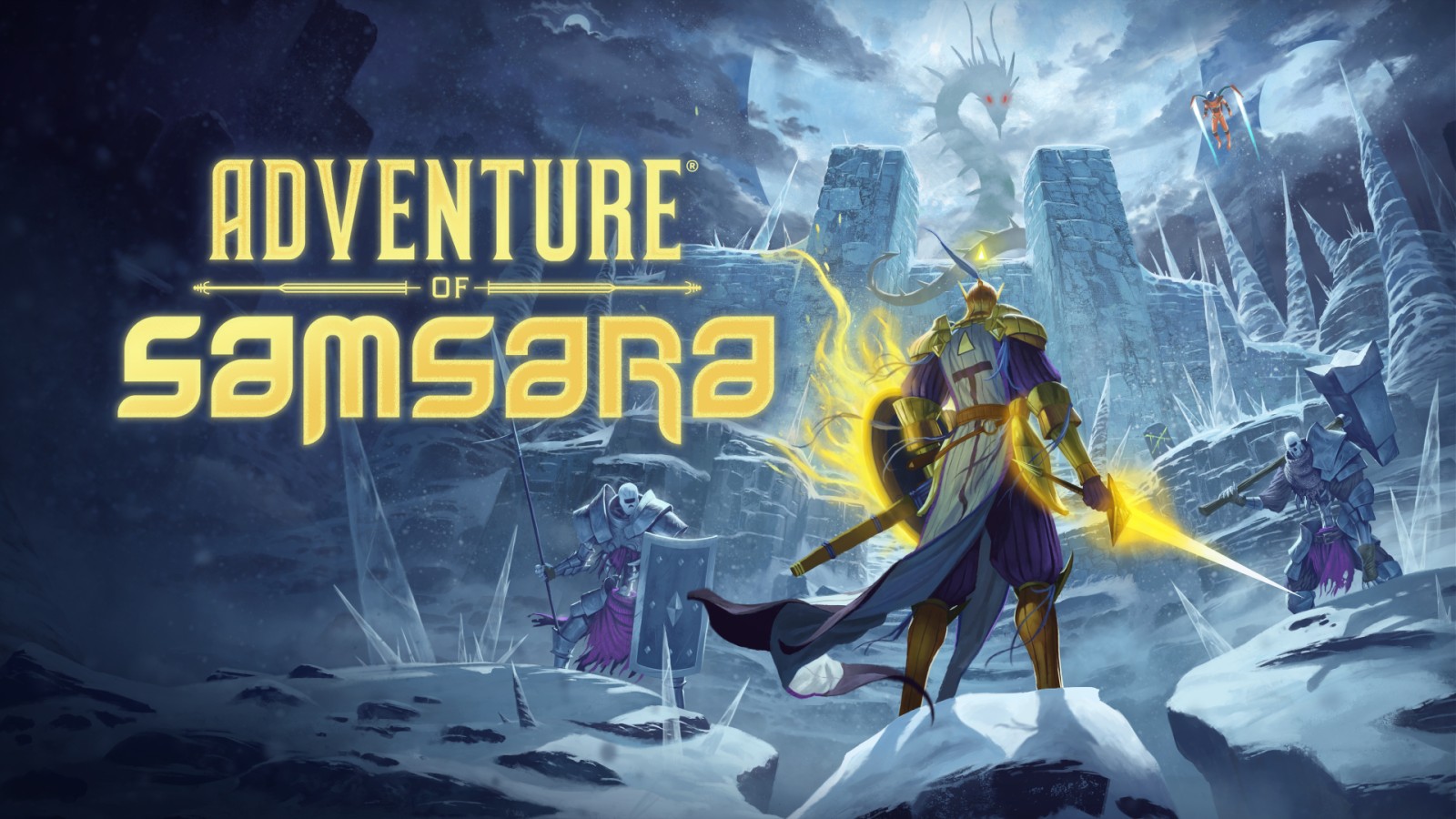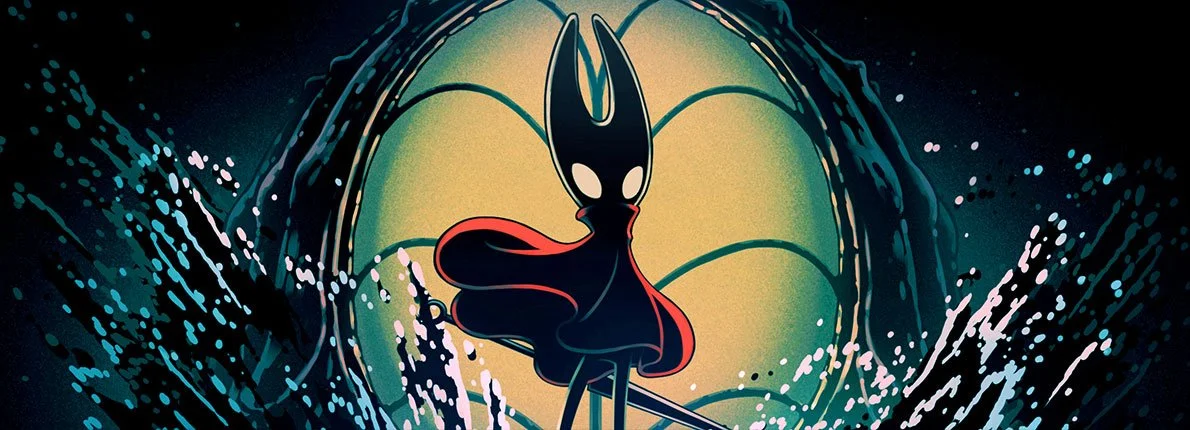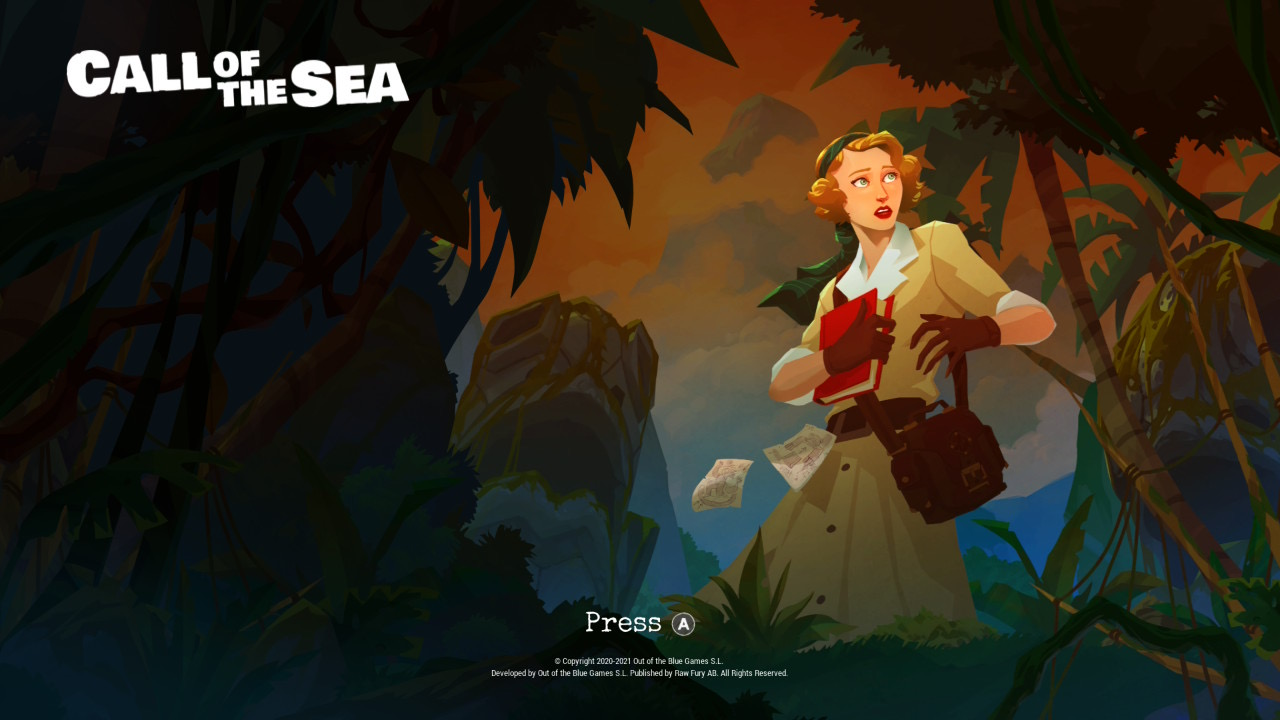I love Ace Attorney, but in some ways it likes to play things safe. Each entry typically puts you in the shoes of an underdog defense lawyer with a sarcastic demeanor. That lawyer needs to solve mysteries in cleanly separated investigation segments outside the courtroom and the trial segments within one. At some point a supernatural force (ghosts, magic, Sherlock Holmes) will intervene to help save the day just in time. This formula spans over eight different games and it works for me every time, so obviously there’s nothing wrong with it. Still, it can be nice to see a series spread its wings and investigate mysteries from a different perspective.
Ace Attorney Investigations does just that by taking several daring yet logical leaps. Instead of a scrappy defense lawyer, you play as his hypercompetent foil that everyone respects. Whereas the courtroom once housed all of the mystery-solving action, now the revelations take place (almost) entirely outside it. Where before you’d rely on some deus ex machina to arrive at just the right time to point you in the right direction, now you must rely on cold, hard logic to solve your problems. Most importantly, the Investigations games literally give you a new perspective on the world of Ace Attorney. These games trade in the first person perspective investigations for third person ones, and we all know that three is a bigger number than one, so it’s an objective upgrade. That’s just logic.
While the Investigations games may not receive the same fanfare of the main series or the Shu Takumi-penned Great Ace Attorney games, I’m happy to see them finally collected for a modern release. They’re great games that deserve better treatment than they’ve historically received by both fans and Capcom itself. The Ace Attorney Investigations Collection rights the wrongs of the past and finally does this subseries justice. Not Apollo Justice – the regular kind.
You see, this collection fills important gaps in more ways than one. It completes Capcom’s efforts to get their Ace Attorney games on modern platforms, and it also finally brings the last remaining Japan-only Ace Attorney game to the rest of the world. For years fans like myself assumed that titles like Investigations 2 and The Great Ace Attorney were lost causes. While fan efforts thankfully helped pick up the slack in the interim, it hurt knowing that Capcom itself treated these corners of the Ace Attorney universe as skippable.
With these collections, Capcom finally put in the much-needed effort. When compared to other Ace Attorney collections, I’d say the Investigations Collection sits appropriately in the middle, but that’s not a knock. It brings in all of the features you’d expect from a modern re-release, including art galleries and music players, it just doesn’t do it with the same amount of pizazz that the Apollo Justice collection from earlier this year did. Apollo went all-out with elaborate chibi concerts and majestic menus, while the Investigations collection settles for pleasant if somewhat unexciting menus. Still, when compared to the remastering of Phoenix’s trilogy which featured no real extras to speak of, Edgeworth clearly edges out his rival.
The extra goodies aren’t where the brunt of the effort went. True to their source material, the Ace Attorney Investigations Collection plays things less safe than may be expected from the usual remastering efforts. Capcom did not just slap an ugly smoothing filter onto the Investigations games and call it day. Instead, they enlisted series artist Tatsuro Iwamoto to return and redraw all of the character sprites. This approach translates the games into HD in a much more logical way than a questionable filter ever could.
I love the new art in a vacuum. The chibi-fied designs look cute and add some extra charm to the characters. The clearer art allows you to read each character’s expression better than the previous pixel graphics could convey. Taken as a whole, both Investigation games look surprisingly nice since the new designs fit in with the HD backgrounds. Mr. Iwamoto did an admirable job here.
To be honest, though, I doubt I will use the new art whenever I return for a replay. While many maligned the HD art that replaced the pixels in the Phoenix Wright Trilogy collection, that art at least closely resembled what the pixel art was conveying (and what the art those pixels were based off looked like). Here, the new HDibi (HD chibi) art gives these games a slightly different vibe than they previously had. Everything feels more overtly cutesy than it should.
HD art inherently brings a sense of literalness with it that can be hard to ignore. The beauty of ambiguous pixel art is that it allows your imagination to fill in the blanks. When I see HDibi Edgeworth, I can only imagine HDibi Edgeworth talking. When I see pixel Edgeworth, I can fully form the “real” Edgeworth in my mind. The abstraction of the art creates the same effect that reading a description of a character in a book can. This isn’t just an Investigations Collection problem, the same thing bothers me in the newer top-down Zelda games too, so maybe I’m the weirdo. Especially in games where such clarity in the art didn’t previously exist, however, I’ll gladly stick with the pixels. Thankfully that’s an option.
Regardless of the artstyle you choose, you’ll find two excellent adventures starring everyone’s favorite formerly corrupt prosecutor, Edgeworth. These games technically stand alone from both each other and the rest of the Ace Attorney series, but I find they work best if you’re familiar with at least the original trilogy. Investigations picks up right after the third Phoenix Wright game, and so it treats the world that the original trilogy established as stomping grounds for fanservice.
More importantly, these games conclude the transformation of Edgeworth’s character that the original games were building towards. Given their status as spin-off interquels, the Investigations don’t necessarily add anything to Edgeworth’s story that wasn’t already in the main games. Instead, they flesh his arc out in satisfying ways. The second game especially pushes Edgeworth to his limits and demonstrates how he can be his own brand of heroic lawyer, following in his rival’s footsteps.
I hadn’t revisited the second game since its fan translation was initially released, so coming back to it now was a nice treat. The official translation does make the game feel different – I felt like I was playing the game for the first time all over again, even if the essence seems to be the same. As a fan translation connoisseur, the new names for my favorite characters took some getting used to, but I got there. Eventually.
Outside of the narrative, the Investigations games remain true to the Ace Attorney experience at heart. Despite all of the changes to the usual formula, the core mechanics work pretty much the same as they always have. Whether you point and click through crime scenes or scroll through sides in the third person, at the end of the day you’re still collecting evidence and showing people your attorney badge. Similarly, you still listen to witness testimony and point out contradictions, you just do so without the formality of the courtroom.
Edgeworth’s “Logic Chess” (well, “Mind Chess” now) mode stands out as the main mechanical highlight. In the second game, Edgeworth will project a mental chessboard while conversing with people as a way to gain the linguistic upper hand. I like this mode because it forces players to confront the fact that Edgeworth is both extremely cool and dorky in a compelling way. Well, and I like that it adds an element of time to the mix. A timer slowly ticks down as you try to select the right responses, which adds an element of quick thinking to a game where you otherwise take as much time as you need. In real court, judges, witnesses, and other lawyers will constantly put you on the spot with little time to react, so it’s interesting to see that kind of pressure conveyed in an Ace Attorney game.
The Investigations games reminded me that the Ace Attorney format has plenty of room to grow should Capcom choose to make a new one. I can foresee a future where Phoenix navigates 3D spaces, solve dilemmas under time-based pressure, and solve problems outside the usual courtroom constraints.
I suspect that a large part of why Ace Attorney resonates with people over other visual novels comes from its ability to marry its format with more traditional video game elements. Even if you are just reading dialogue and selecting the right answer when you boil your actions down, these games excel at making it feel like you’re doing so much more than that. Edgeworth’s adventures provide a blueprint for what further expansion of the game mechanics could look like, even if they do function more like a new coat of paint in their current execution.
The Ace Attorney Investigation Collection offers a package that just makes sense. It fills in the holes in Ace Attorney’s availability on modern platforms, it brings a glaring omission in series history to the rest of the world, and it goes the extra mile to refresh each game’s visuals. How much you appreciate its logical leaps may vary, but at least far as the presentation goes, this collection will accommodate you either way. That certainly gives it an edge that makes it worth your time. Because these games star Edgeworth. Uh oh, I think I feel a penalty coming.











